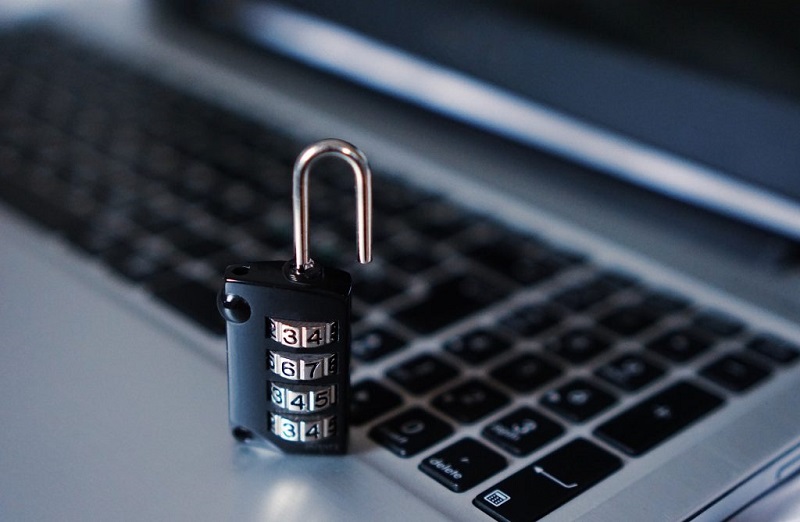Virus and malware threat isn’t new to users nowadays. While there are plenty of these threats attacking users in some of its form, users are now more aware of how they can keep themselves safe from these threats. Today users try to follow practices that reduce the risk of harmful virus attack and they also rely on security suits for instant and effective results. In this article, we have reviewed a few quick steps to follow, that will secure your system from viruses.
Avoid clicking on unknown links:
You receive tons of emails every month in the spam folder. While most of these emails are sent for promotional reasons some of them remain really risky for you. These emails contain malicious content and senders of these emails ask you to open attachments or click on links duping you in the name of big discounts or some great offer. So, the first thing you should do is to empty your spam folder in the first place. Next thing, even if you decide to check spam folder emails, make sure you don’t click on unknown links or open unknown attachments. This simple trick will help you avoid unnecessary trouble.

Don’t rely on open networks:
Open networks like free Wi-Fi is something available freely wherever you go. While this is a good offer to avail free Internet services while sitting with a cup of coffee, but it brings certain security threats as well. Here, it becomes easier to breach your system security with a small piece of malicious code on an open network. Thus, the best practice you should follow is to always work on encrypted and password protected network. Furthermore, you shouldn’t ever perform sensitive tasks like online banking and online shopping while you are on open network. It could cause you serious monetary loss when your security is breached.
Don’t Miss-
WordPress Security 2018: How to Secure WordPress Website?
Enable Firewall:
Firewall is simple yet most powerful security mechanism on your Windows system that helps you keep your system safe from malicious content coming from the open Internet. Here, firewall traces and blocks all malicious content that coming to your PC when you are online. While firewall come as a built-in security feature on all Windows systems, it not necessarily comes enabled. Thus, you need to enable this security feature on your PC for complete safety.
• To do this, go to Start > Settings > Update & Security.
• Now in the left pane click on Windows Security.
• From the right panel select the “Firewall & network protection” option.
• It will open a new window. Here, enable the firewall for domain network, private network, and public network.
Use anti-malware software:
In addition to enabling firewall, you should also consider installing reliable antimalware software on your PC. These smart security tools will help you protect your system & data from all types of malicious content and malware attacks effectively. These tools run in the background while providing you 24/7 security. Best antivirus for Windows helps you schedule scan process to track and remove all malicious traces automatically to save your time and reduce manual intervention. These smart tools offer you multiple scan options to find & clean all malicious content. For example, you can perform a deep scan to scan your system storage deeply to find and quarantine all virus traces effectively. Here, you can perform quick scan to quickly look for malware threats in files & folders and quarantine it.
Update software & apps:
Up-to-date software offers brings best out of your system. Here, it not only brings improved performance, but it also avoids security threats caused due to malware. To keep your system software up-to-date your device manufacturer keep on sending you regular updates automatically. You can install these updates for better performance & security. In case you have missed some critical updates, then you can even install them manually on your PC.
• To do this, go to Start > Settings > Update & Security.
• Click on Windows Update in the left pane.
• Tap on “Check for Updates” in the right panel.
• Once you click on this option, it will scan, find and help you install all latest updates on your PC.
So, these are few quick tips you should follow to keep your Windows PC secure from viruses and other malware threats. If you know more such security tips for extended system security, then comment in the section below to let our readers know more about it.











Leave a Reply